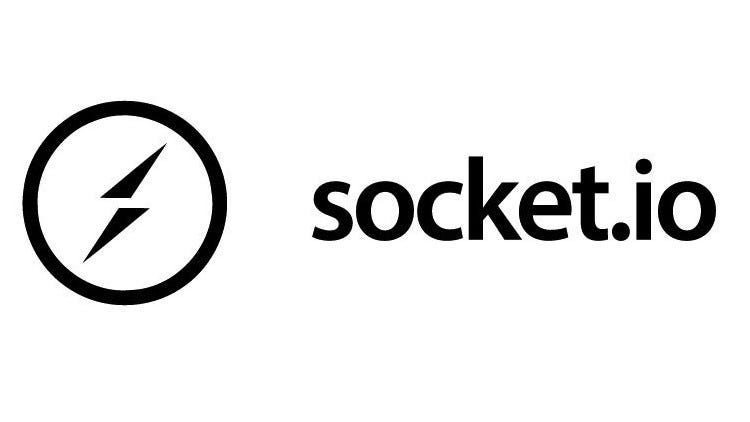What is Socket.IO ?

I recently built an basic real-time chat application and I used socket.io for the implementation of bi-directional communication between a client and a server.
What’s Socket.IO exactly?
Socket.IO is a JavaScript library for real-time web applications. It allows bi-directional communication between client and server. Bi-directional communications are enabled when a client has Socket.IO in the browser, and a server has also integrated the Socket.IO package. Socket.IO are needed when we need real-time in our app.
Let me explain this in little more detail. Let’s assume you want to build a two-way communication(Chat app) functionality. It can be done by using Socket.IO. With sockets, when the server receives a new message it will send it to the client and notify them, bypassing the need to send requests between client and server.
How to implement Socket.IO in chat app ? Prerequisites: node
Server
- Create a new folder:
$ mkdir socket.io-chatapp
$ cd socket.io-chatapp
$ npm install express socket.io
- Create a file named server.js & setup server & required packages:
const app = require("express")();
const http = require("http").createServer(app);
const io = require("socket.io")(http);
- The server root will send our index.html
app.get("/", (req, res) => res.sendFile(__dirname + "/index.html"));
- Setup Socket.IO It is listening for a ‘connection’ event and will run the provided function anytime this happens.
io.on("connection", function(socket) {
console.log(“Socket Connected!”);
});
- Setup Port
http.listen(3000, () => console.log("Listening on localhost:3000")); - Run the application
node server.js
Client
- Create a main.js file & Your socket connection is setup!
// establish socket.io connection const socket = io();
Server
- Inside the function we are using io.emit() to send a message to all the connected clients. This code will notify when a user connects to the server.
io.on("connection", function(socket) {
io.emit(“User joined”);
});
- We will also add a listener for any new messages received from a client and send a message to all users in response.
io.on("connection", function(socket) {
io.emit(“User joined”);
socket.on(“message", function(msg) {
io.emit("message", msg);
});
});
Client
- Create an index.html file for the chat form, copy the following code below.
<!DOCTYPE html>
<html lang="en">
<head>
<meta charset="UTF-8" />
<meta name="viewport" content="width=device-width, initial-scale=1.0" />
<meta http-equiv="X-UA-Compatible" content="ie=edge" />
<title>Socket.io Example App</title>
</head>
<body>
<h1>Socket.io Chat Application</h1>
<div>
<h2>Messages</h2>
<ul></ul>
</div>
<form action="">
<input type="text" />
<button>Send</button>
</form>
<script src="/socket.io/socket.io.js"></script>
</body>
</html>
- Now let’s add logic in our main.js file
// select relevant elements
const form = document.querySelector("form");
const input = document.querySelector("input");
messageList = document.querySelector("ul");
// establish socket.io connection
const socket = io();
// handle sending message to server & input reset
function sendMessage(e) {
// prevent form submission refreshing page
e.preventDefault();
// send input value to server as type 'message'
socket.emit("message", input.value);
// reset input value
input.value = "";
}
// add listener to form submission
form.addEventListener("submit", sendMessage);
// add message to our page
function addMessageToHTML(message) {
// create a new li element
const li = document.createElement("li");
// add message to the elements text
li.innerText = message;
// add to list of messages
messageList.append(li);
}
// watch for socket to emit a 'message'
socket.on("message", addMessageToHTML);
// display message when a user connects
function alertUserConnected() {
addMessageToHTML("User joined");
}
// watch for socket to emit a 'user connected' event
socket.on("user connected", alertUserConnected);
After completing these steps your socket.io application should be up and running!
Thanks for reading

